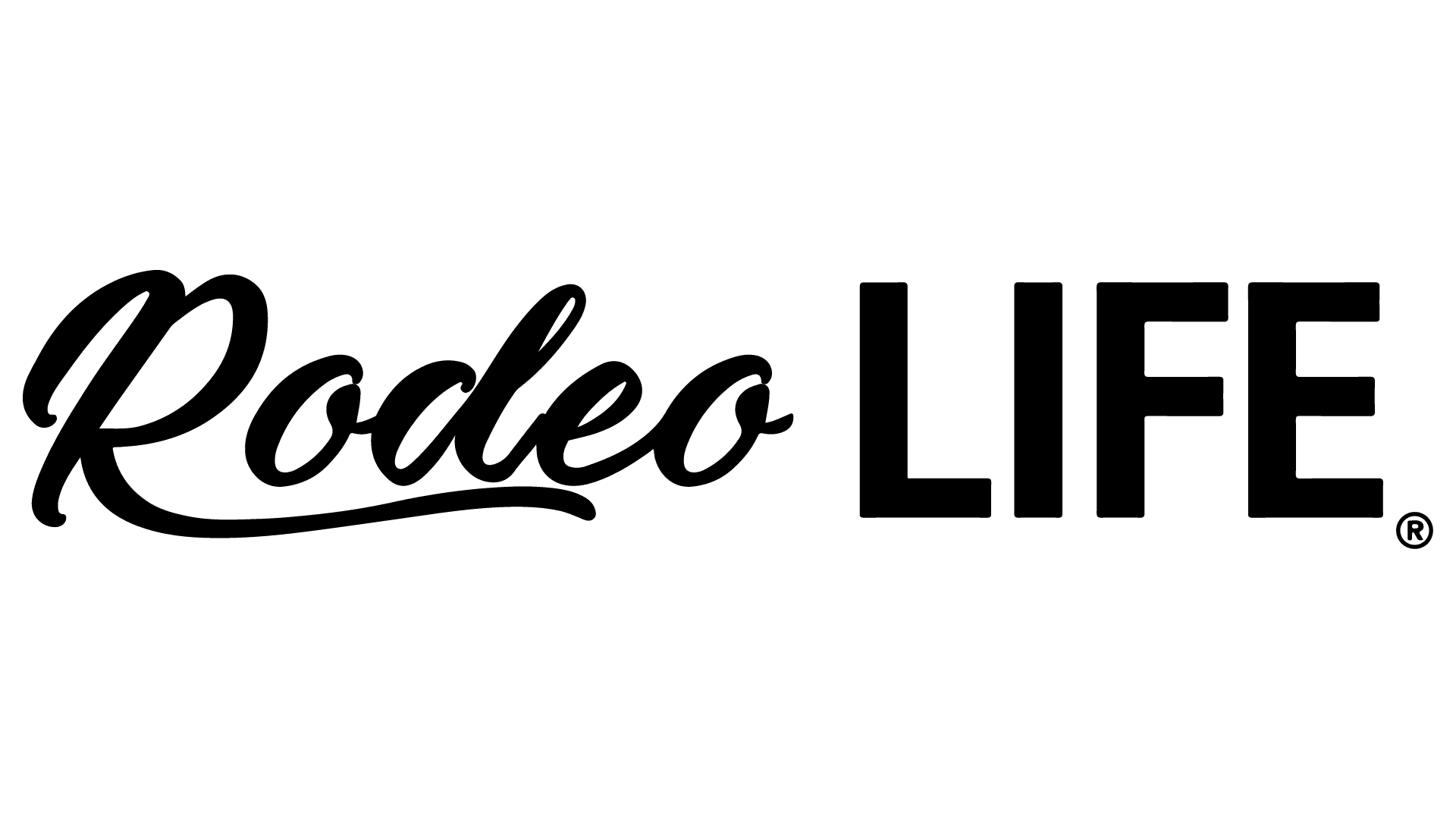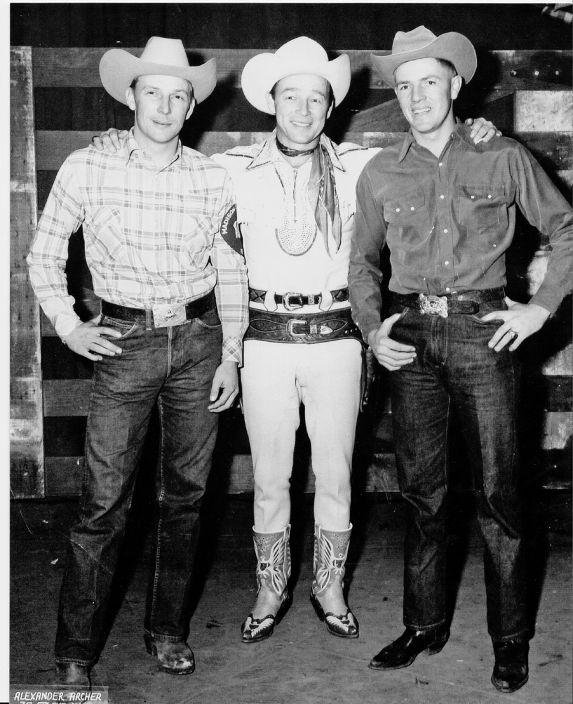Bill Feddersen was the first saddle bronc rider out of the chutes at the first NFR in 1959. At the time, the NFR took place in Dallas, Tex. and $10,000 was put up as prize money for each of the five events. Bill reflected on the difference just in prize money alone between today’s NFR and the first one held in 1959. “A few years ago I was going home with a cowboy from Oklahoma after going to the NFR. We were talking, and he told me that he rode four bulls at the finals and won $53,000. I told him, ‘You got more money riding four bulls than all of the money put together for the first NFR!’. Although, we probably ended up with as much money then as they do now, since gas was only 25 cents and a hamburger was a dime.”
Bill was born in Union City, Okla. in 1927. He had a younger brother, Don, and their family ran a farm and raised beef cattle. Bill loves to tell the story about his first “horse”. “When I was four years old, I told my mother that all I wanted in life was a horse. One day she got me a horse and I ran outside all excited. It was a stick horse and I loved that horse. I taught it to walk and trot and backup, and I even rode it to school. I tied it up with the big horses. One day I came out of school and someone had stolen my stick horse. But what bothered me the most is that I had to walk home.” In high school, Bill rode a four legged horse the four miles between home and the schoolhouse. It was in high school that Bill had his first chance to compete in rodeo. “Ed Curtis was a rodeo cowboy and he moved down by me. I rode horses and calves and cows – everything I could get on. When I was in high school, he (Ed) took me to my first rodeo in 1943.” Bill loved his first rodeo, held on a baseball field, and became further involved in the sport when he joined the Cowboys’ Turtle Association. In 1946, the association became the Rodeo Cowboys’ Association (RCA), which would later become the PRCA. Bill’s rodeo pursuits were put on hold, however, when he was drafted into the Army during WW II. He got out of the Army in 1948 and continued on with the RCA. Altogether, he was their vice president for seven years, and Bill helped start the association’s first rodeo judging school. “That was quite an experience for me. I didn’t have anything written down on how to judge. I asked a lot of questions and we had to change some rules. It was just start from scratch and we figured out how to watch the barrier and where to stand and how the calves should be tied down. I went all over the United States and Canada teaching schools. I did that for about five years.”
Bill met his wife, Donna, in 1948 and they married soon after. It was in 1952 that Bill began rodeoing professionally, competing in the rodeos at Madison Square Garden and Boston Garden. “I rode down Fifth Avenue on horseback in New York City. They had a parade to advertise for the rodeo.” When Bill was embarking into rodeo competition, there were not many rodeo schools to attend or instructional films. “It was just learning by watching people and practicing with people,” Bill explains. Over the first few years, Bill experimented in all of the events, trying them out and seeing what he was best at. “I may hold a record in the rodeo business,” he said with a laugh, “I placed in nine different events. Bull riding, bareback, saddle bronc, team roping, bull dogging, calf roping, wild cow milking, the wild horse race, and the steer decorating up in Canada.” Bill settled in with bull dogging and saddle bronc riding and went to compete at the first NFR in both events. His brother, Don, joined him at the NFR in 1960, and they were the first brothers to compete in a timed event at the finals. They often hazed for one another. Bill says about bull dogging, “I weighed 163 pounds and I looked like a water boy to the Green Bay Packers.” He and his brother won the bull dogging at the Cow Palace three years in a row, from 1959 – 1961. Bill also won the saddle bronc riding in 1960 at the Los Angeles Coliseum in front of 98,000 people. He travelled down the road with his rodeo buddies Ed and Andy Curtis and Marty Wood, and Bill always admired Casey Tibbs when it came to rodeo idols. Bill was also travelling with his family to rodeos. “It was kind of a family affair. A lot of cowboys had their wives and kids with them.” One of the highlights for the Feddersen family was going on a free trip to Hawaii when Bill was invited to compete in a rodeo there. Another favorite memory of Bill’s is the day that Marty Wood gave him a pair of chaps and nick named him Good Times. “I always had a good time at the rodeo,” Bill remembers.
When Bill retired from rodeo in 1962, he had ridden approximately 4,000 saddle broncs in his rodeo career and in all those rides, he never once was injured badly enough to go out in the ambulance. During his last year of rodeo, Bill went to 55 rodeos and placed 76 times. After retiring from the sport, he continued his job as a switchman for Rock Island Railroad. He had been working for the railroad since 1950, even through all of his years as a professional cowboy. “Jim Shoulders said he couldn’t believe that anyone could hold a job and go the NFR in two events. The railroad treated me real good.”
Today, Bill lives with his wife of 65 years, Donna, in El Reno, Okla. They have two children, two grandchildren, and three great-grandchildren. Bill and Donna are sure to go watch the WNFR every year, which for Bill, brings back memories of the years he competed there during his rodeo career. Fittingly, Bill was inducted into the National Cowboy Hall of Fame in 2013, and he concluded, “After all those years of rodeoing, it’s an honor for me to make the Cowboy Hall of Fame.”









